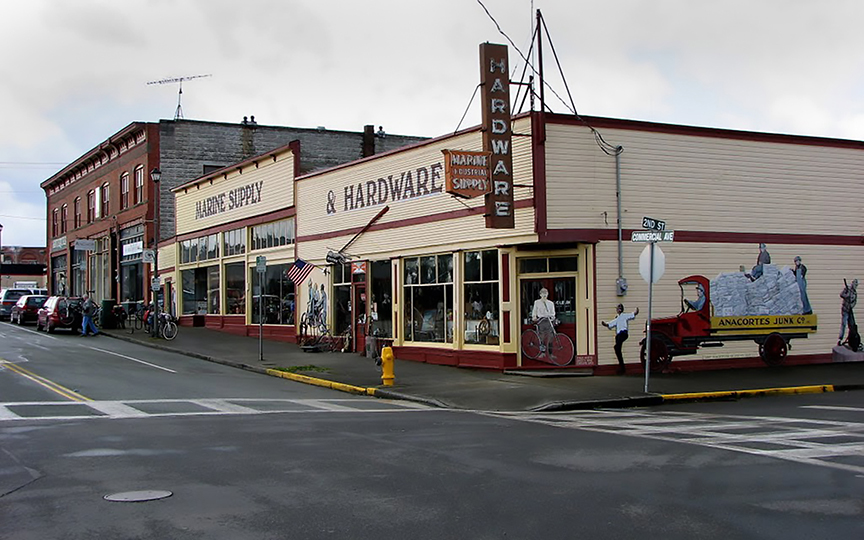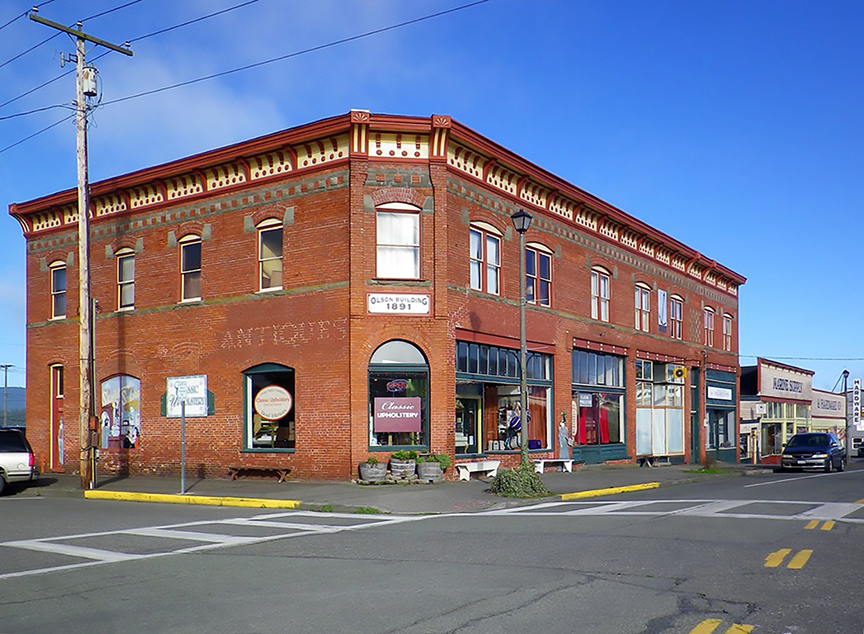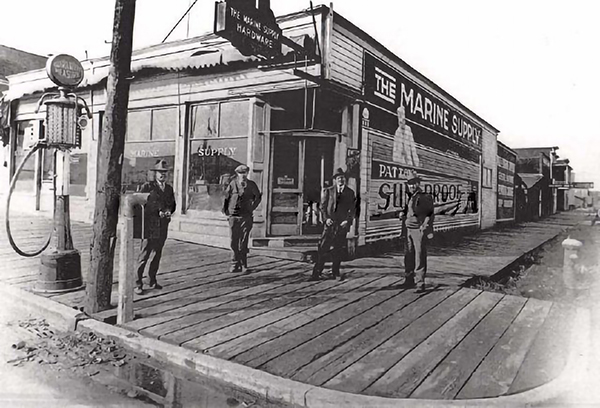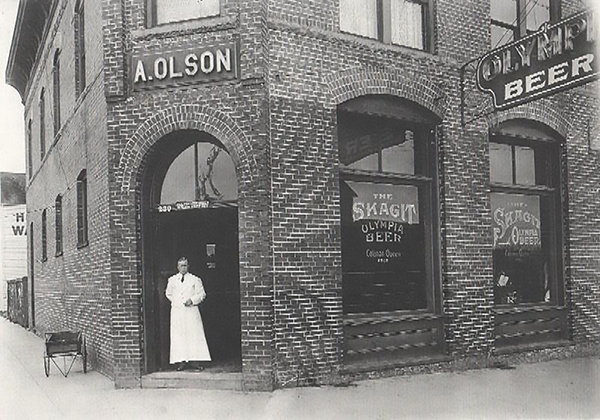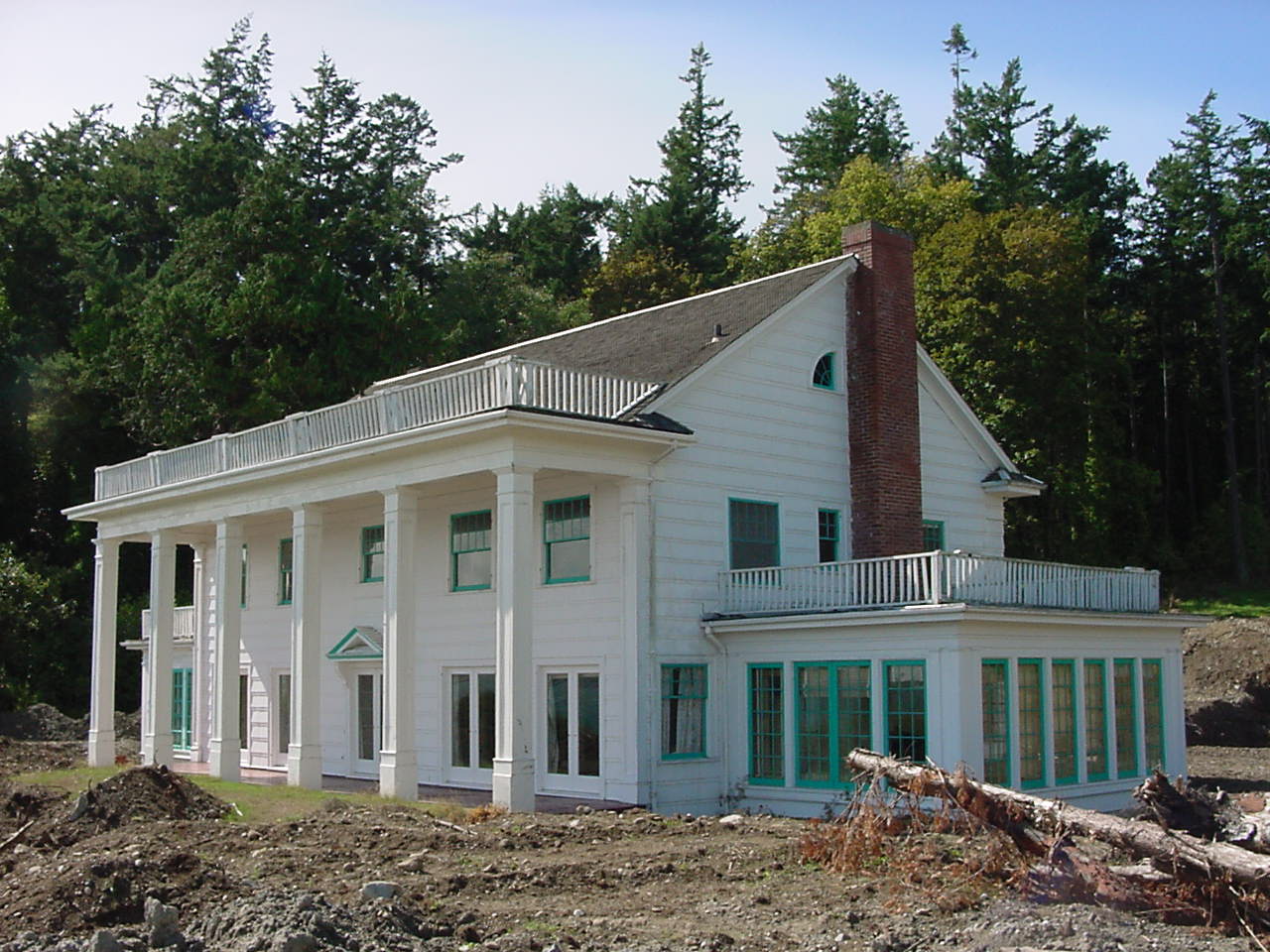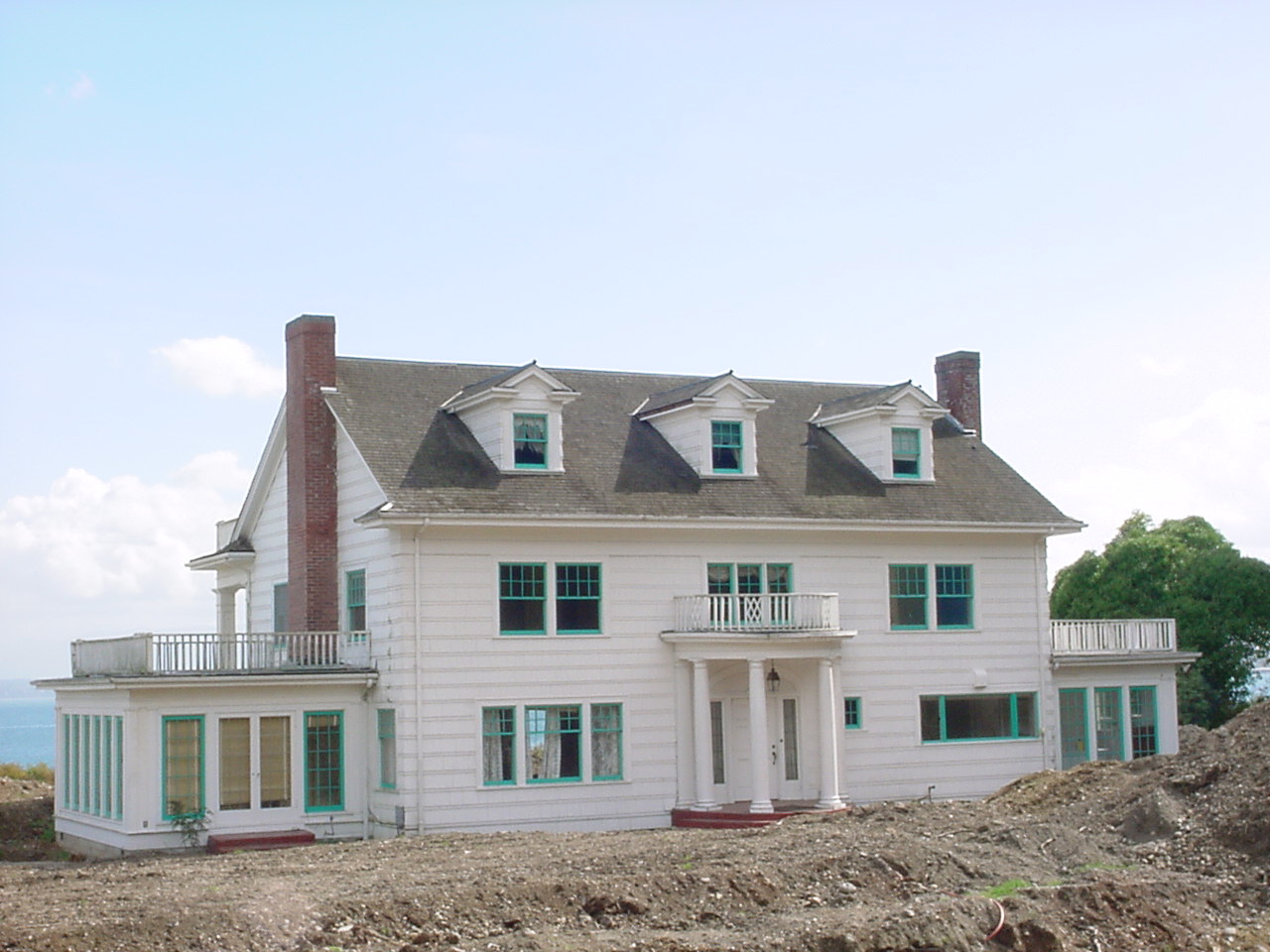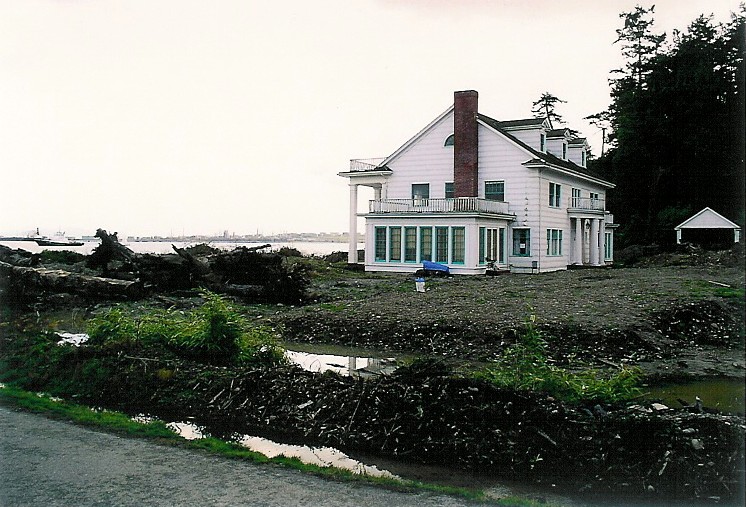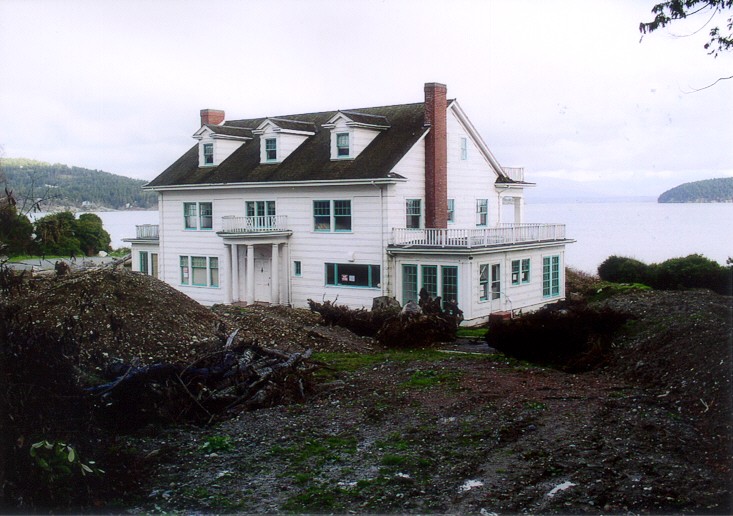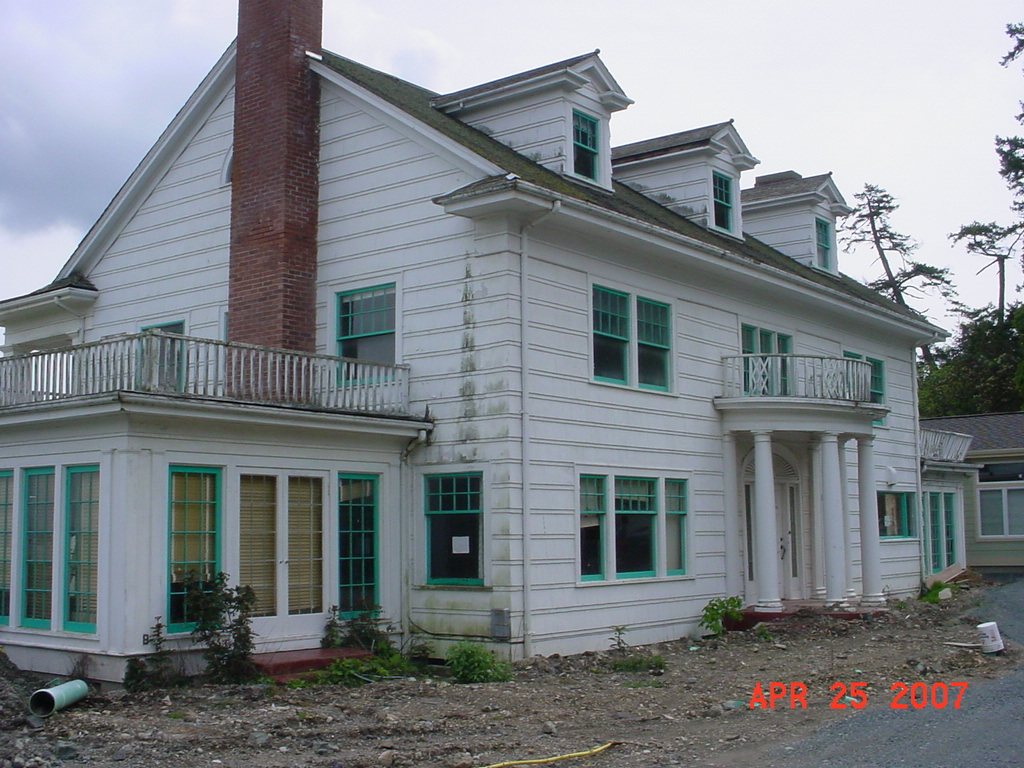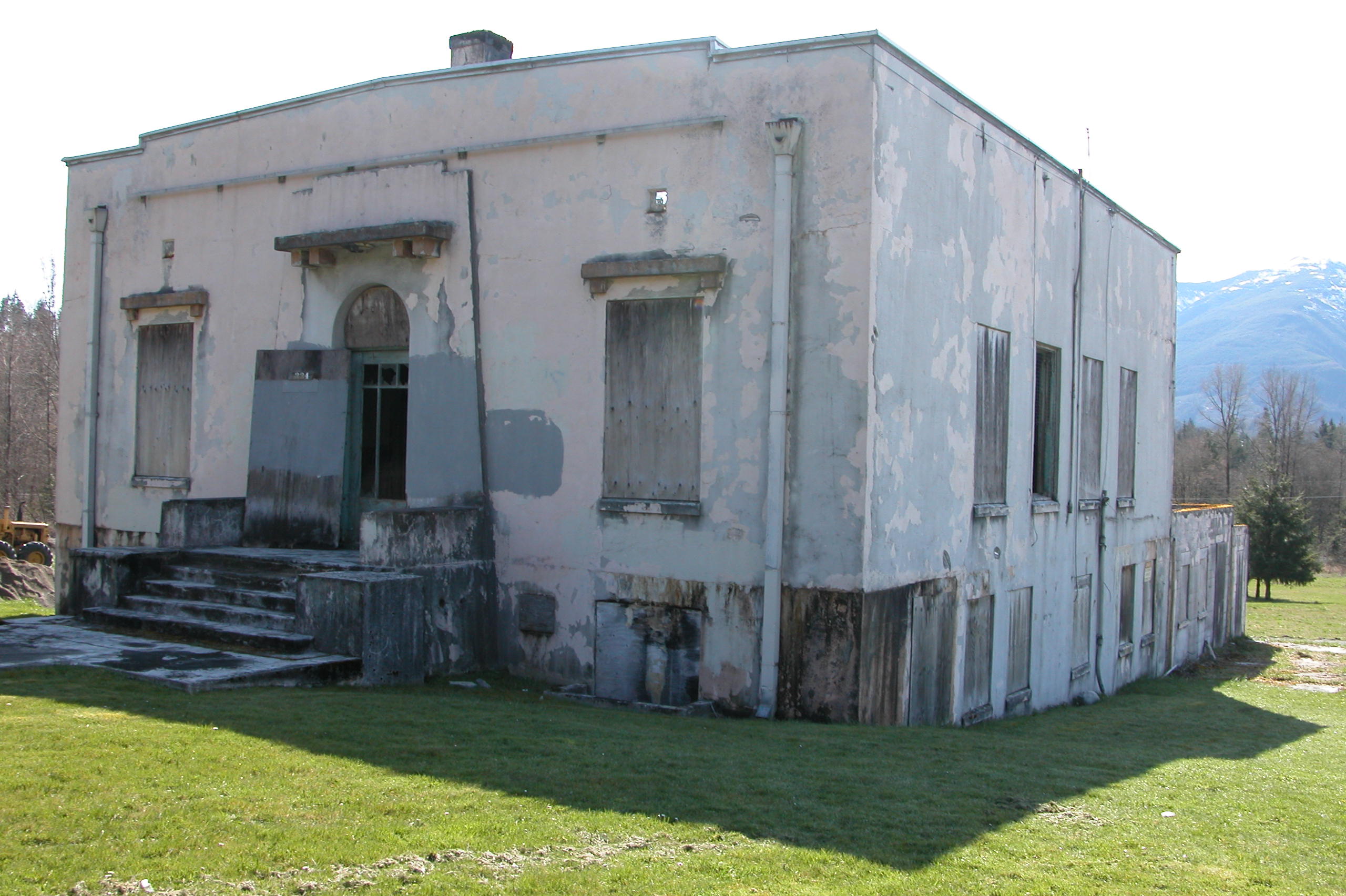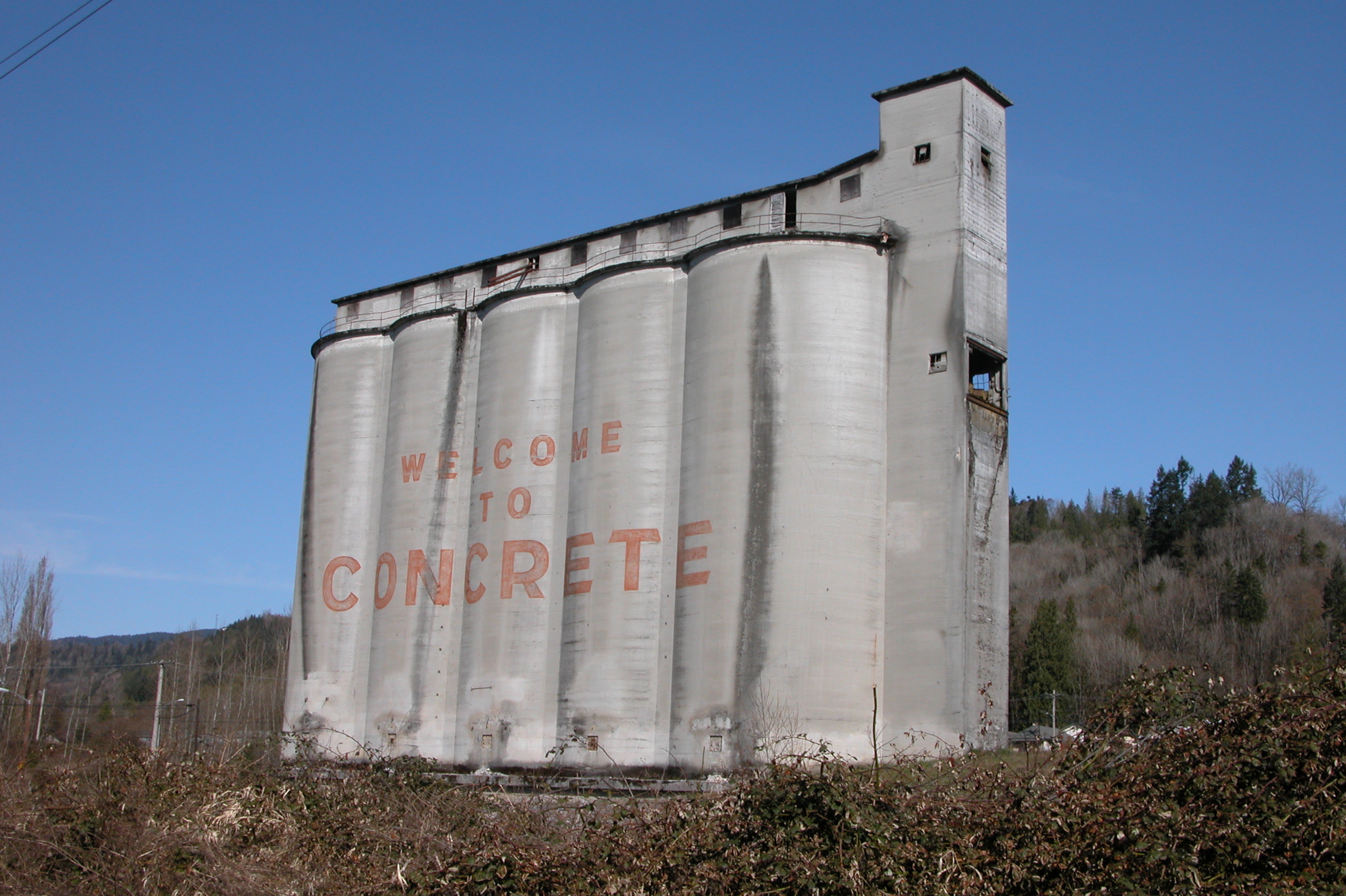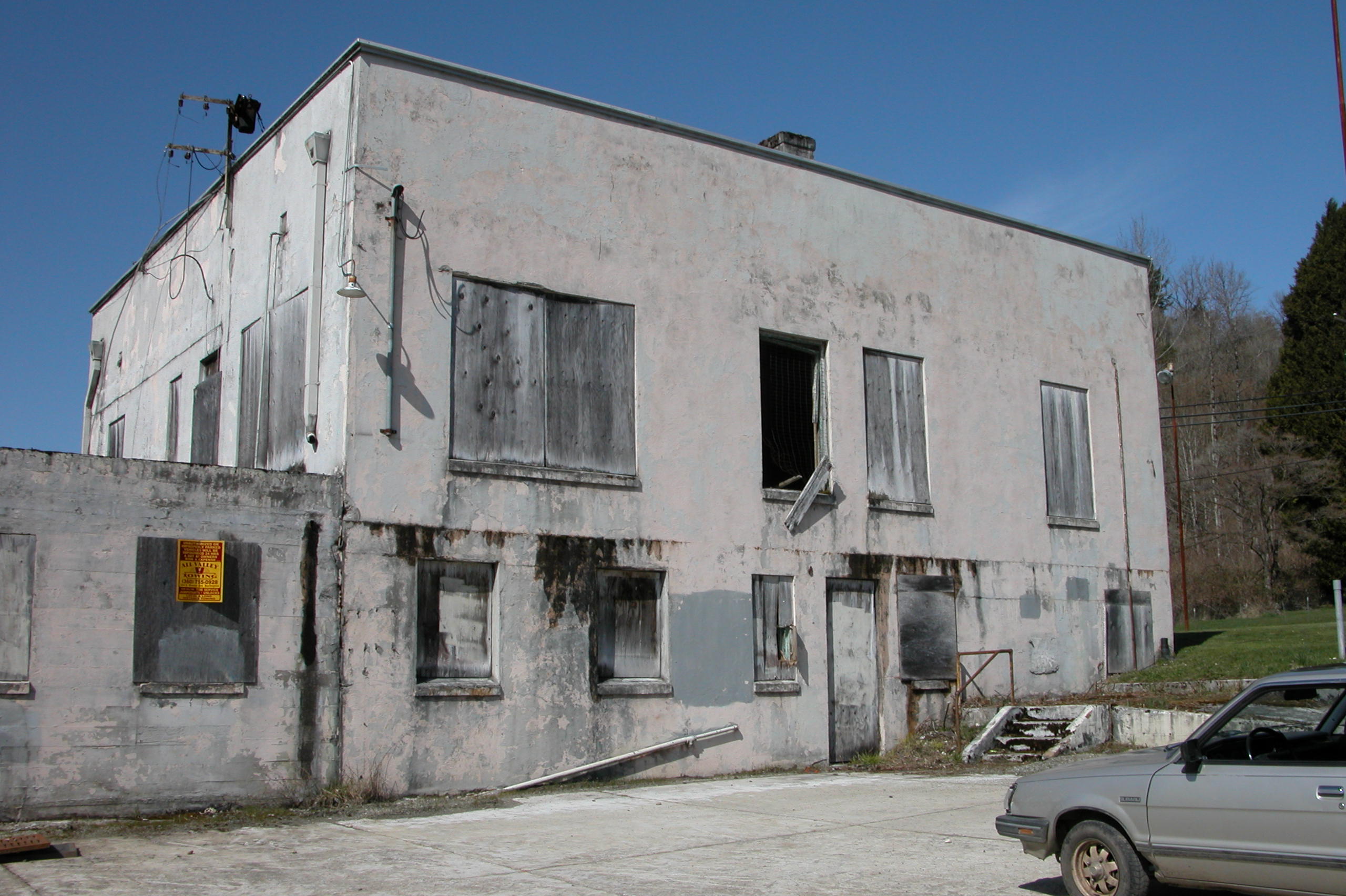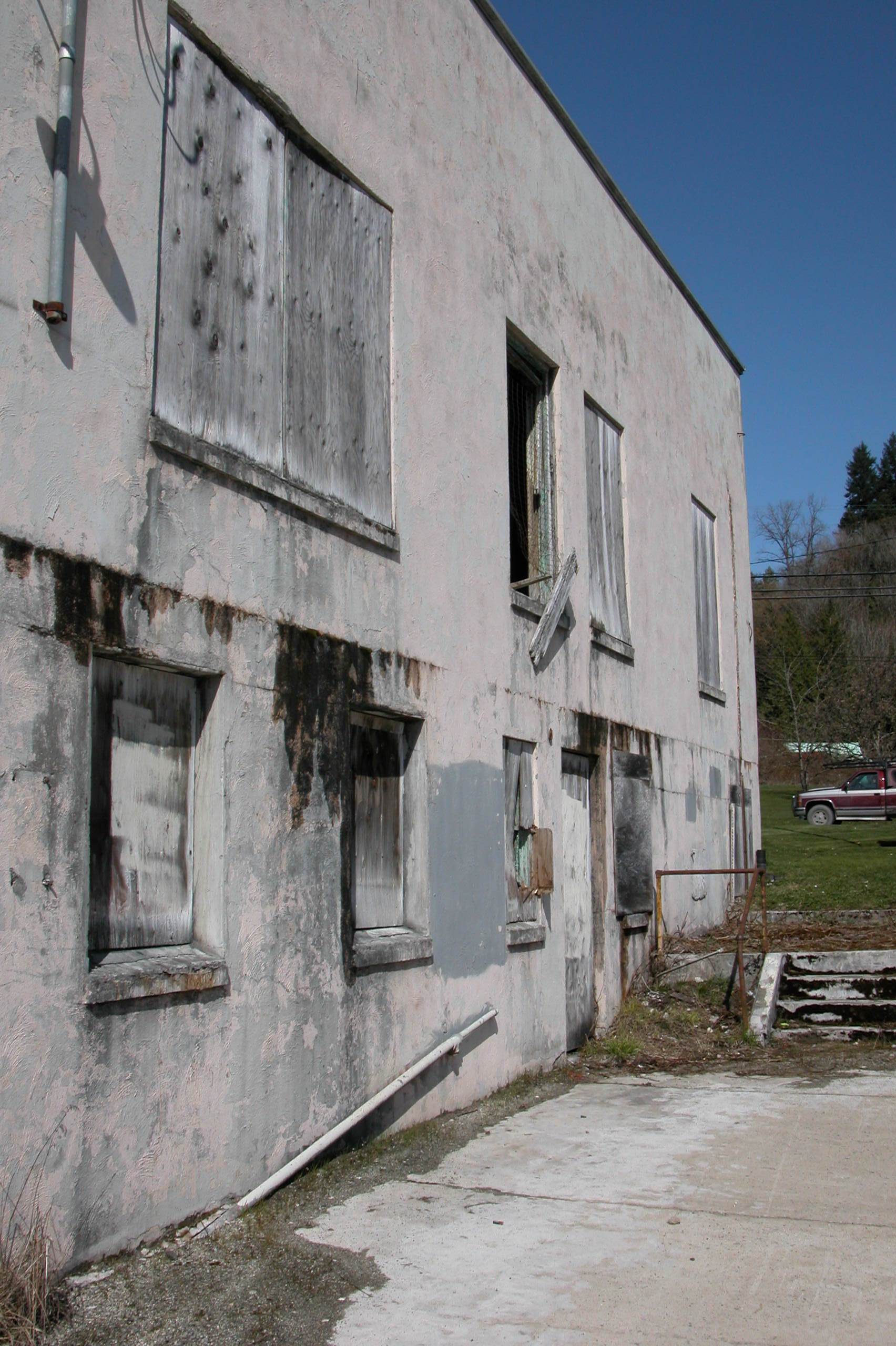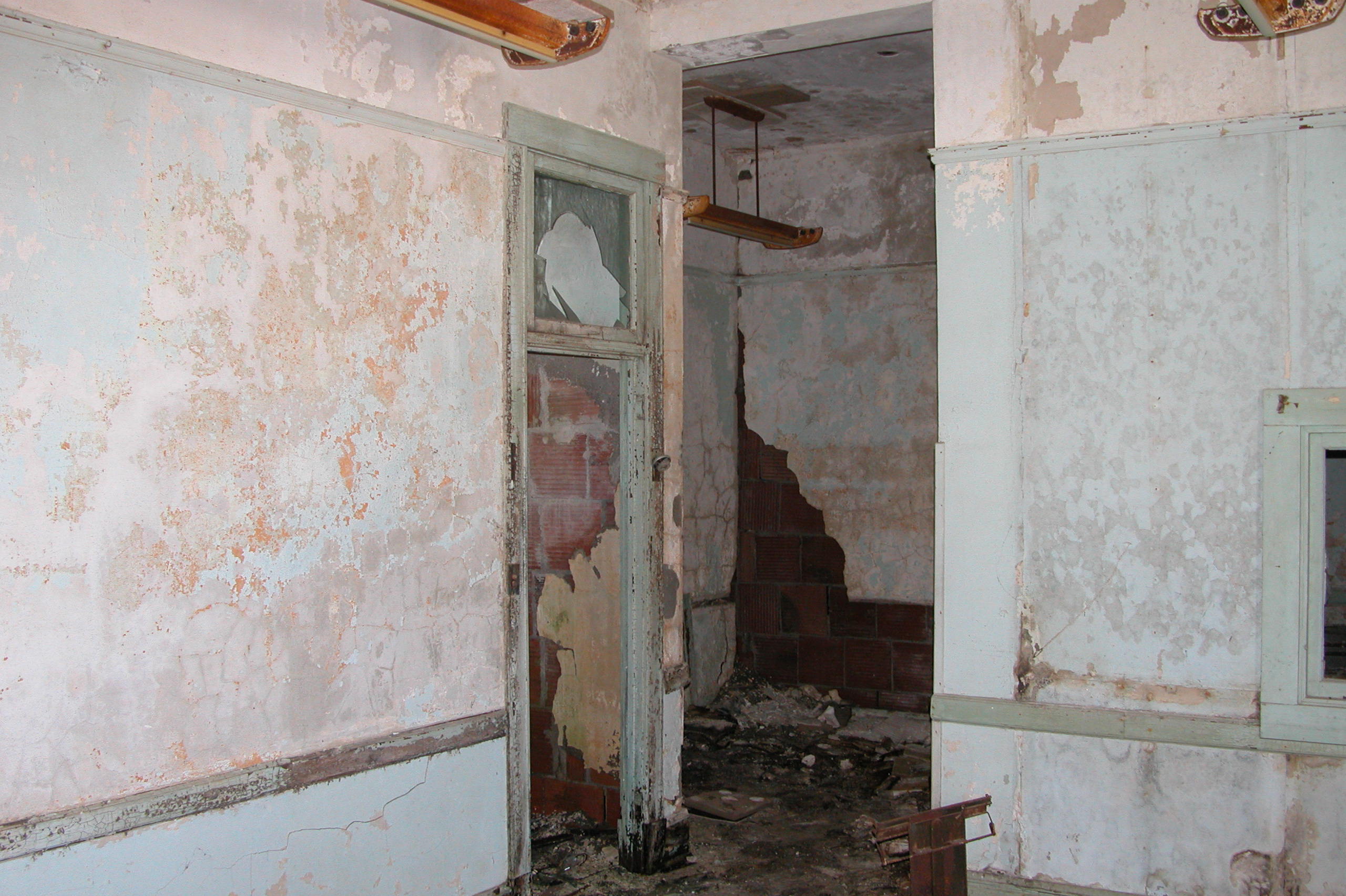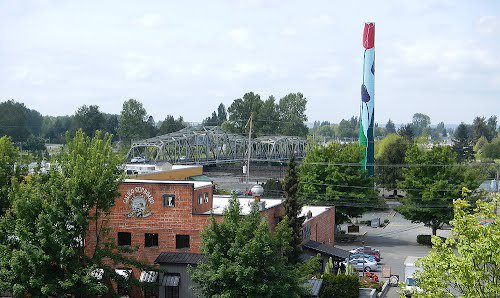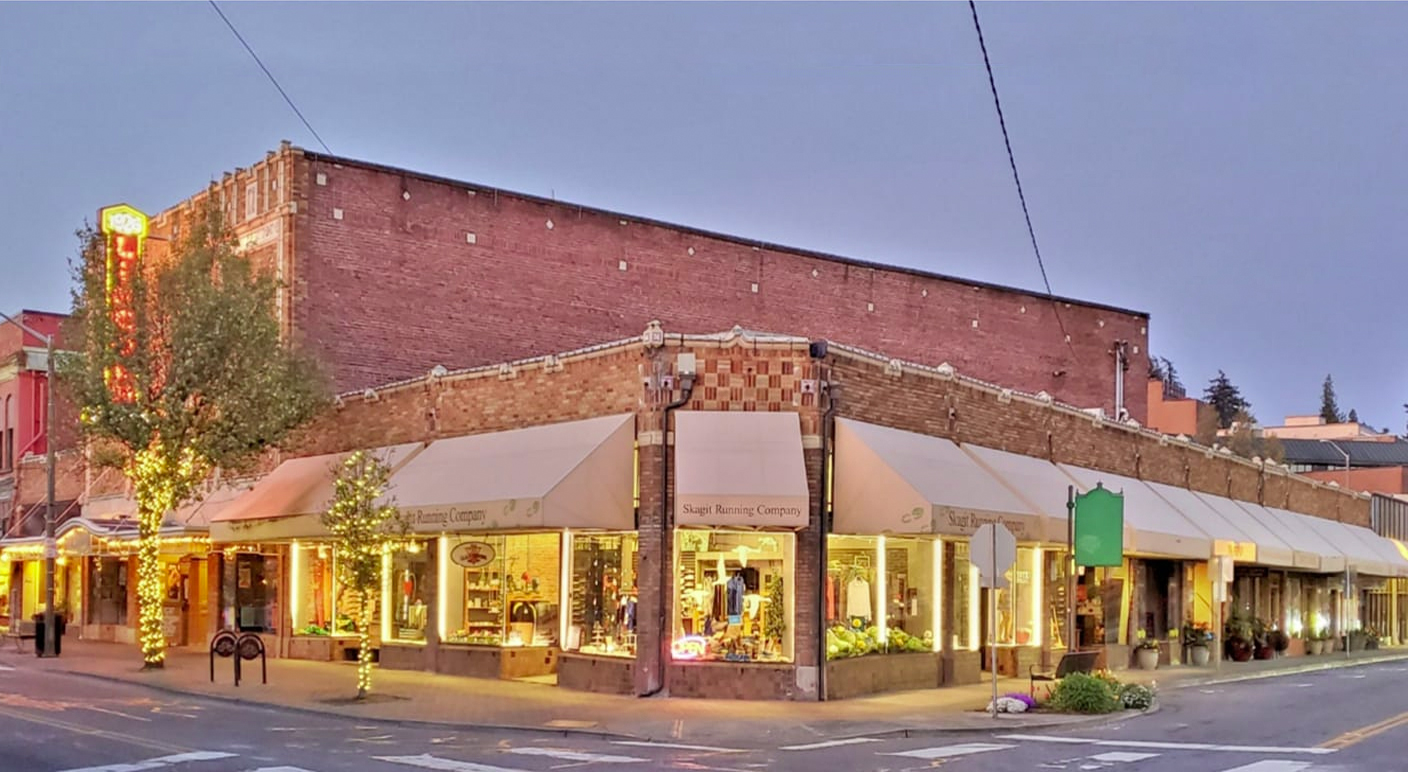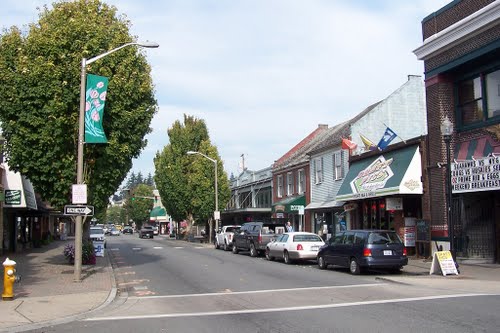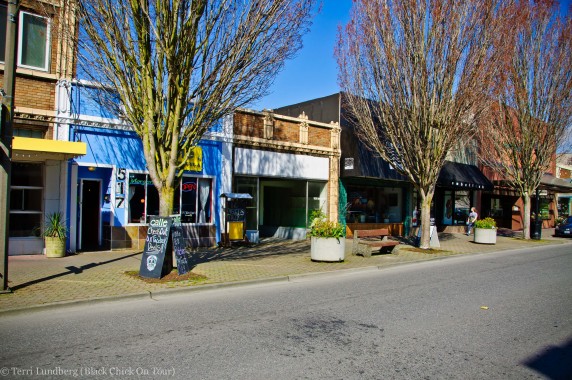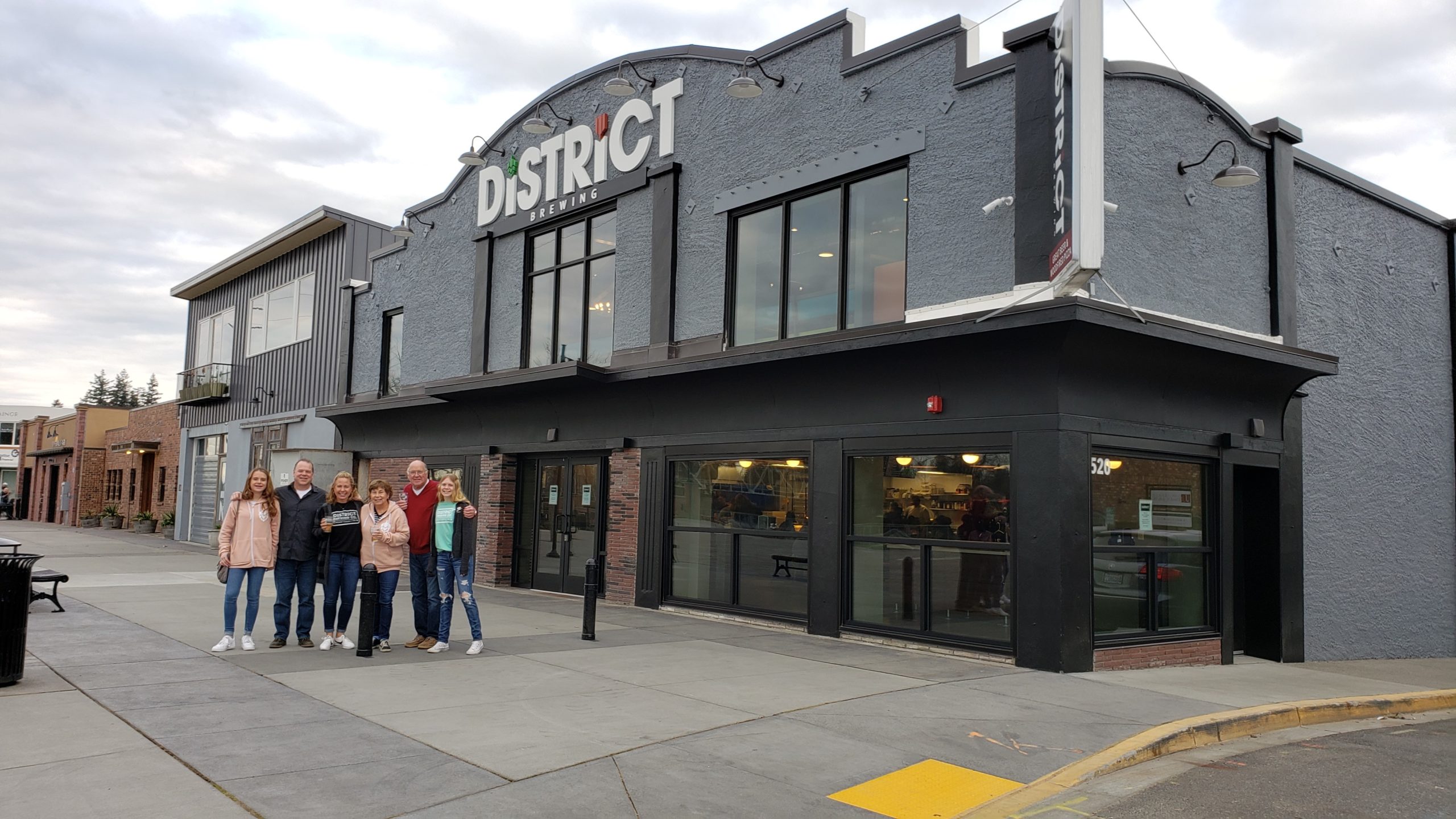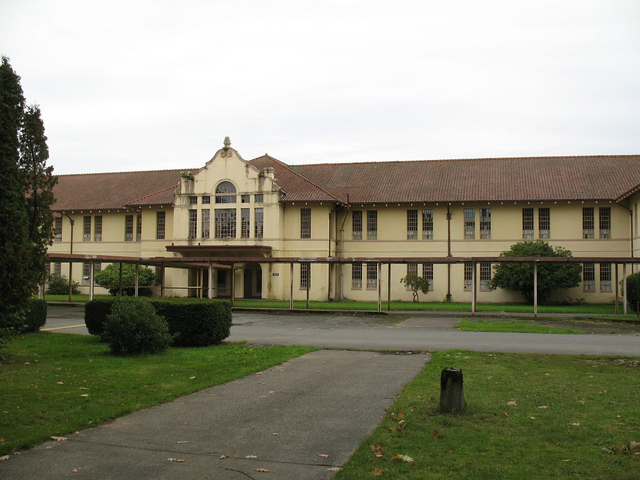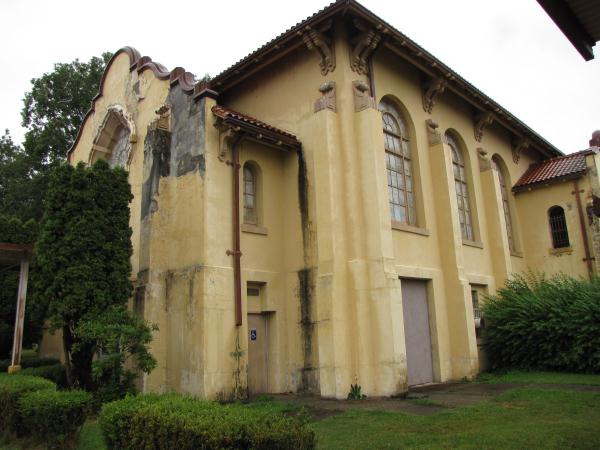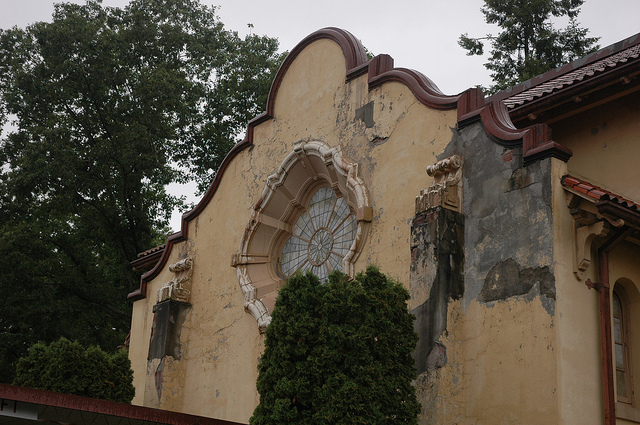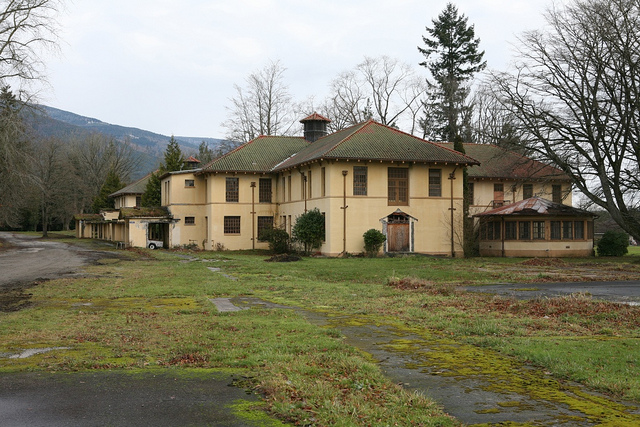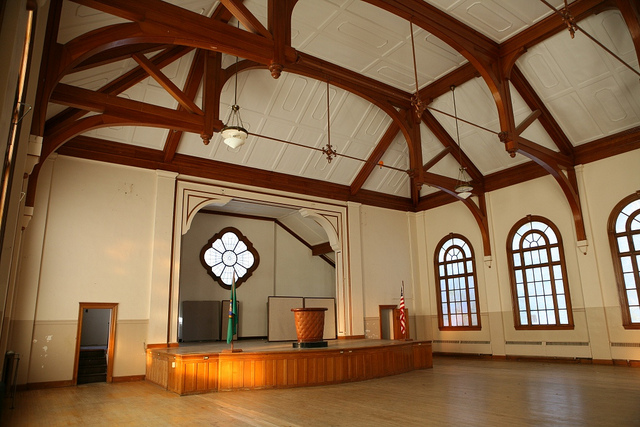Marine Supply Block
Status: Most Endangered Places
Year Listed: 2019
Location: Anacortes, Skagit County
Marine Supply & Hardware, originally founded as the Anacortes Junk Company in 1916 by Mike Demopoulos, once occupied all three buildings of the 200-block of Commercial Avenue in Anacortes. Starting in a former livery stable, the business expanded next door into the building now known as Marine Supply & Hardware in 1924. Demopoulos also purchased the next building down the block in 1937, the handsome, turn-of-the-century Olson Building. Housed in these three buildings for decades, the business was an integral part of the marine economy of Anacortes. Recently, the Olson Building’s ground floor has been retail space for local businesses, and the Marine Supply & Hardware Building, which contains a variety of marine paraphernalia and antiques, has become a de facto museum of sorts and a visitor attraction in Anacortes.
The Port of Anacortes purchased the entire Marine Supply Block in 2014. With plans to develop, the Port demolished two small houses along 3rd Street and the former Anacortes Junk Company building (livery stable) earlier this year. Responding to public comment in favor of saving the remaining buildings, the Port recently transferred the Olson Building to the Anacortes Housing Authority (AHA), which intends to rehabilitate the structure for affordable housing while maintaining ground-floor commercial use. The future is still uncertain for both buildings—rehabilitation costs will be high for the Olson Building and a long-term solution has yet to be reached for the Marine Supply Hardware Building. Advocates in Anacortes are excited about the prospect of the Washington Trust shining a statewide light on these buildings and working with the Port, AHA, and other stakeholders to preserve these icons of Anacortes.

